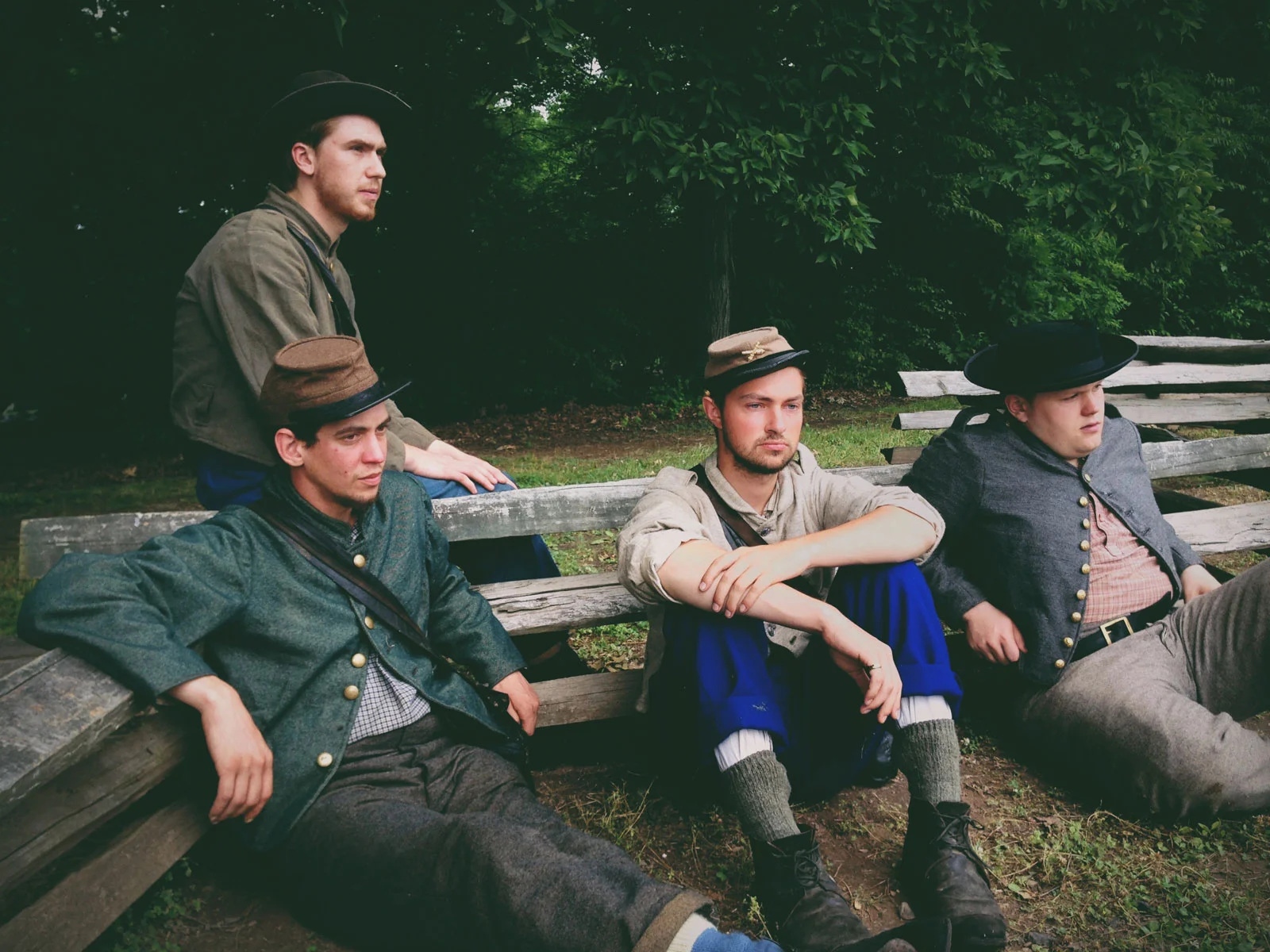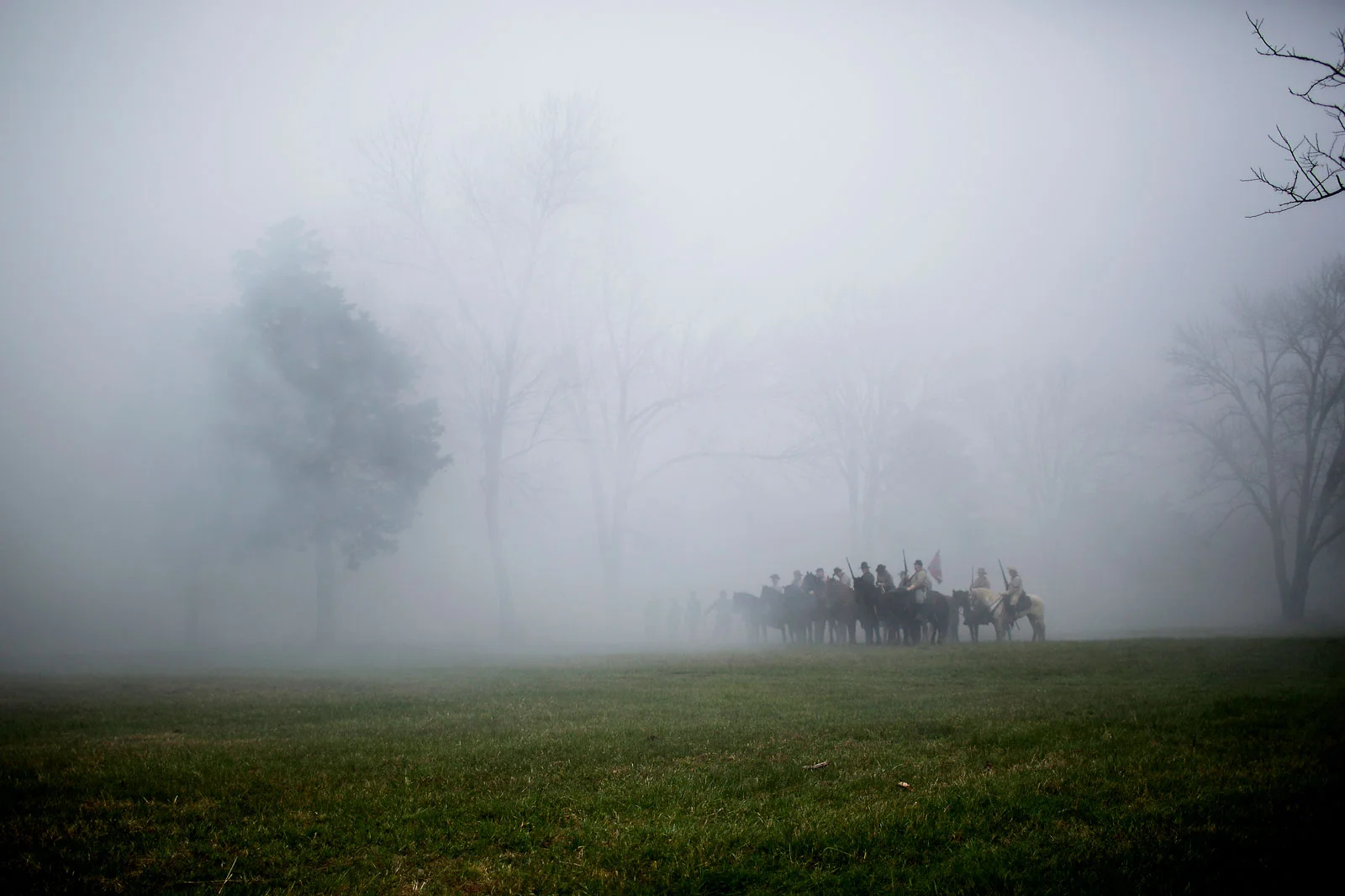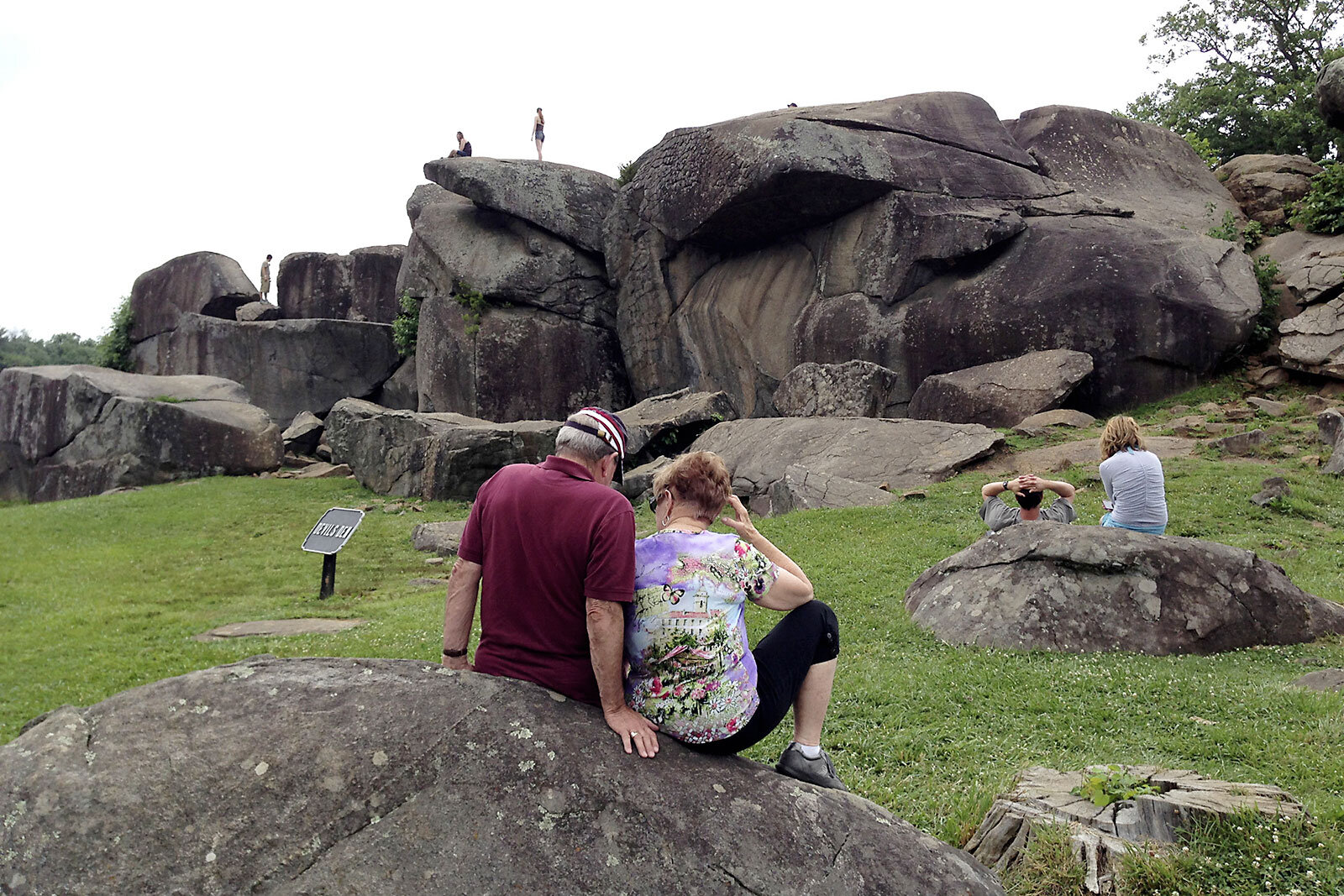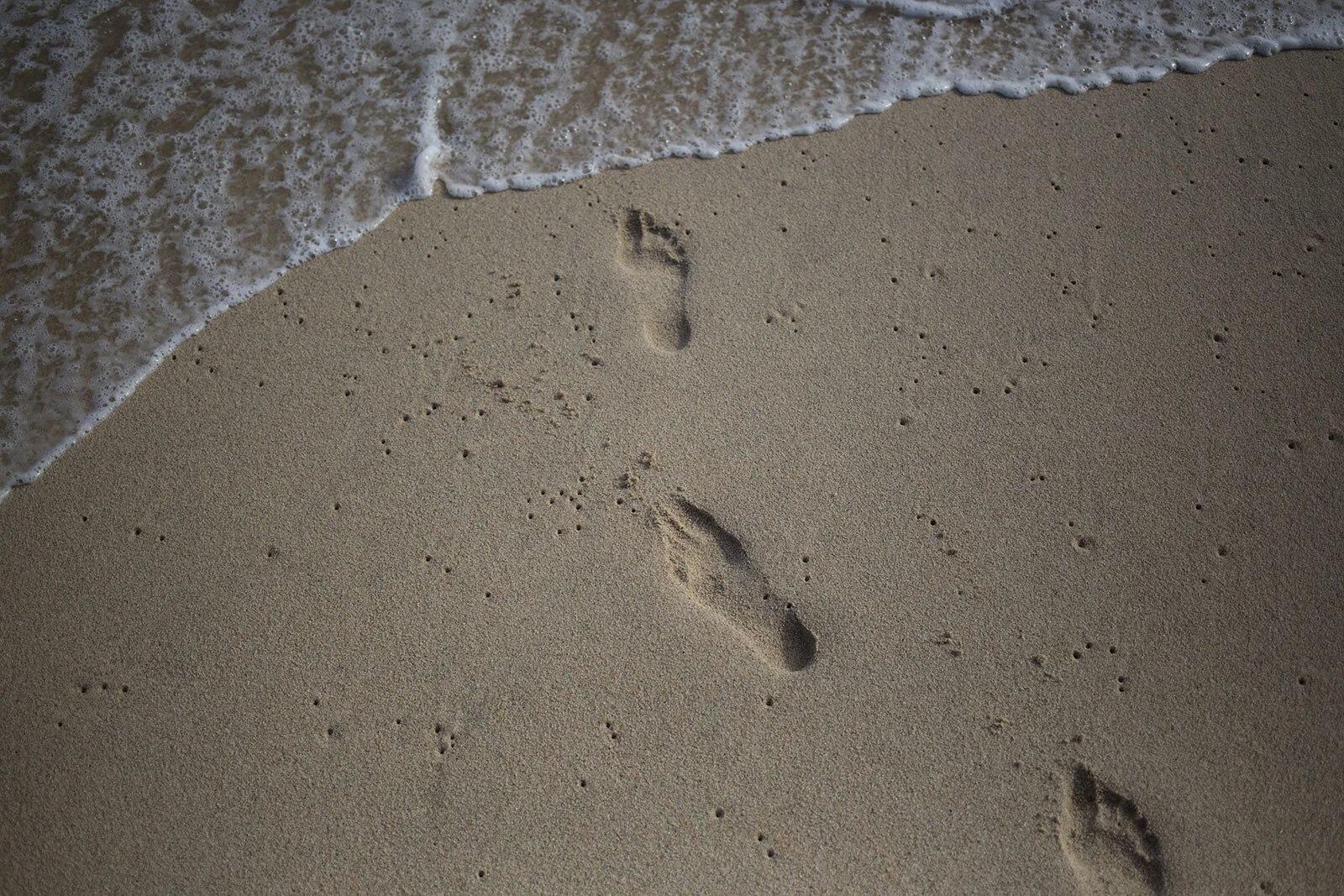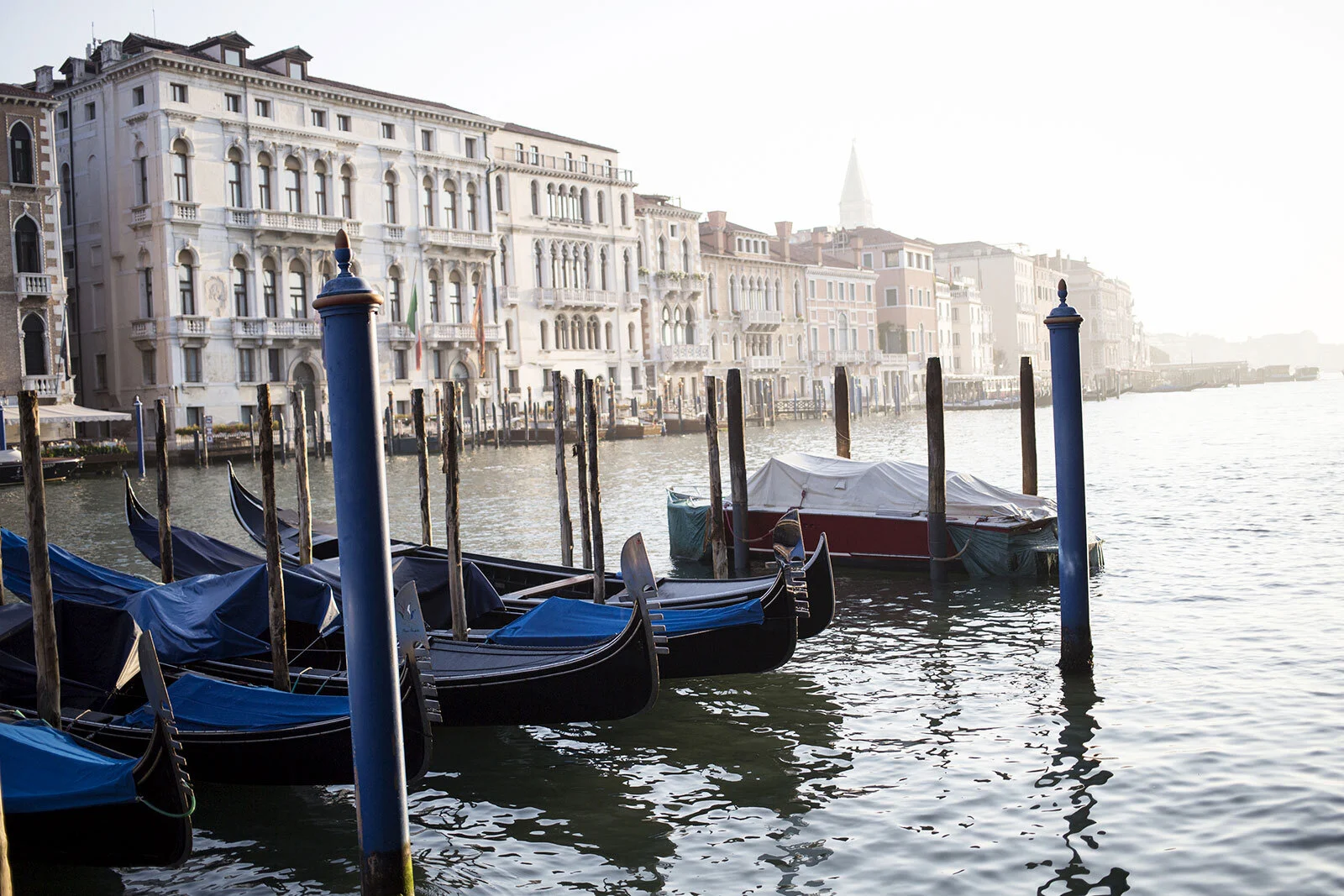Versailles, France
A symbol of absolute monarchy and luxury, the Palace of Versailles was transformed from a hunting lodge into a grand palace by King Louis XIV in the 17th century. It became the political center of France and epitomized royal extravagance. Known for its stunning architecture, expansive gardens, and the Hall of Mirrors, Versailles played a crucial role in French history, including the signing of the Treaty of Versailles, which ended World War I.
The Royal Residence is a museum of the opulence of the French monarchy, which ended with the Women’s March on Versailles and the Storming of the Palace in 1789. The Gardens of Versailles, designed by André Le Nôtre, span nearly 2,000 acres and include meticulously manicured lawns, fountains, sculptures, and the Grand Canal. The public can wander and picnic there.
More info:
1. Royal Residence: The Palace of Versailles was originally a hunting lodge before being expanded by King Louis XIV into a grand palace and royal residence.
2. King Louis XIV: Known as the “Sun King,” Louis XIV moved the French court and government to Versailles in 1682, making it the political center of France.
3. Hall of Mirrors: One of the most famous rooms in the palace, the Hall of Mirrors, features 357 mirrors and was used for lavish ceremonies and events.
4. Gardens of Versailles: Designed by André Le Nôtre, the gardens span nearly 2,000 acres and include meticulously manicured lawns, fountains, sculptures, and the Grand Canal.
5. Treaty of Versailles: The Treaty of Versailles, which officially ended World War I, was signed in the Hall of Mirrors on June 28, 1919.
6. Architectural Masterpiece: The palace is an architectural masterpiece featuring Baroque art and design, with contributions from renowned architects such as Louis Le Vau and Jules Hardouin-Mansart.
7. Marie Antoinette’s Estate: The Petit Trianon and the Hameau de la Reine were built for Queen Marie Antoinette as private retreats away from the formalities of court life.
8. UNESCO World Heritage Site: Versailles was designated a UNESCO World Heritage Site in 1979, recognizing its historical and cultural significance.
9. Cultural Influence: Versailles set the standard for European palaces and gardens, influencing architecture and landscape design throughout the continent.
10. Tourist Attraction: Today, Versailles is one of the most visited tourist attractions in France, drawing millions of visitors each year to explore its opulent rooms and expansive gardens.
The French monarchy effectively ended at the Palace of Versailles during the events of the French Revolution. Key moments include:
Women’s March on Versailles (October 5-6, 1789): Thousands of Parisians, predominantly women, marched to Versailles demanding bread and protesting the king’s policies. They forced King Louis XVI and Queen Marie Antoinette to move from Versailles to the Tuileries Palace in Paris, effectively placing them under house arrest.
Storming of the Palace (October 6, 1789): The palace was invaded by the revolutionaries, marking a significant loss of royal authority. The king and his family were taken to Paris, symbolizing the decline of monarchical power.
Abolition of the Monarchy (September 21, 1792): The National Convention, the revolutionary government, declared the abolition of the monarchy and established the French Republic.
Execution of Louis XVI (January 21, 1793): King Louis XVI was tried for treason, convicted, and executed by guillotine in Paris, marking the definitive end of the French monarchy.












